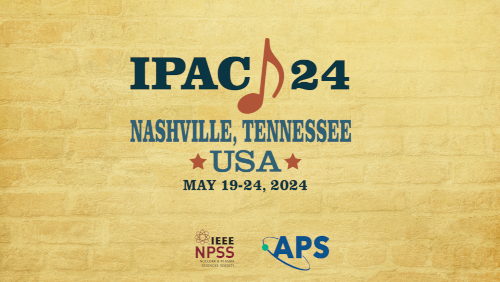Speaker
Description
A minimally-invasive gas jet in-vivo dosimeter for medical treatment facilities is being developed at the Cockcroft Institute (UK), to provide full online (real time) monitoring with less frequent calibration. The monitor functions via a thin, low-density, gas jet curtain, intersecting with the beam. Online monitoring is crucial for hadron beams where acceptable dose tolerances are narrow, hence the beam should be perturbed only by the minimum amount necessary to acquire a signal. An experiment to determine the level of invasiveness of supersonic gas jet beam profile monitors was undertaken to quantify how much the gas jet perturbs the beam. This was accomplished using a 10 keV electron gun with a maximum current of ~100 μA, available in the DITAlab of the Cockcroft Institute. A scintillator screen and Faraday cup were placed in path of the beam to measure the change in beam size and current respectively. In the future, a simulation study using GEANT4 will be completed with the experimental beam parameters to verify the results. This contribution examines the perturbation experienced by a particle beam from a gas jet beam profile monitor, and quantifies the effect the jet has on the beam size and current.
Funding Agency
This work is supported by the STFC Grant ST/W000687/1, the HL-LHC-UK project funded by STFC and CERN and the STFC Cockcroft core grant No. ST/G008248/1.
| Region represented | Europe |
|---|---|
| Paper preparation format | LaTeX |

